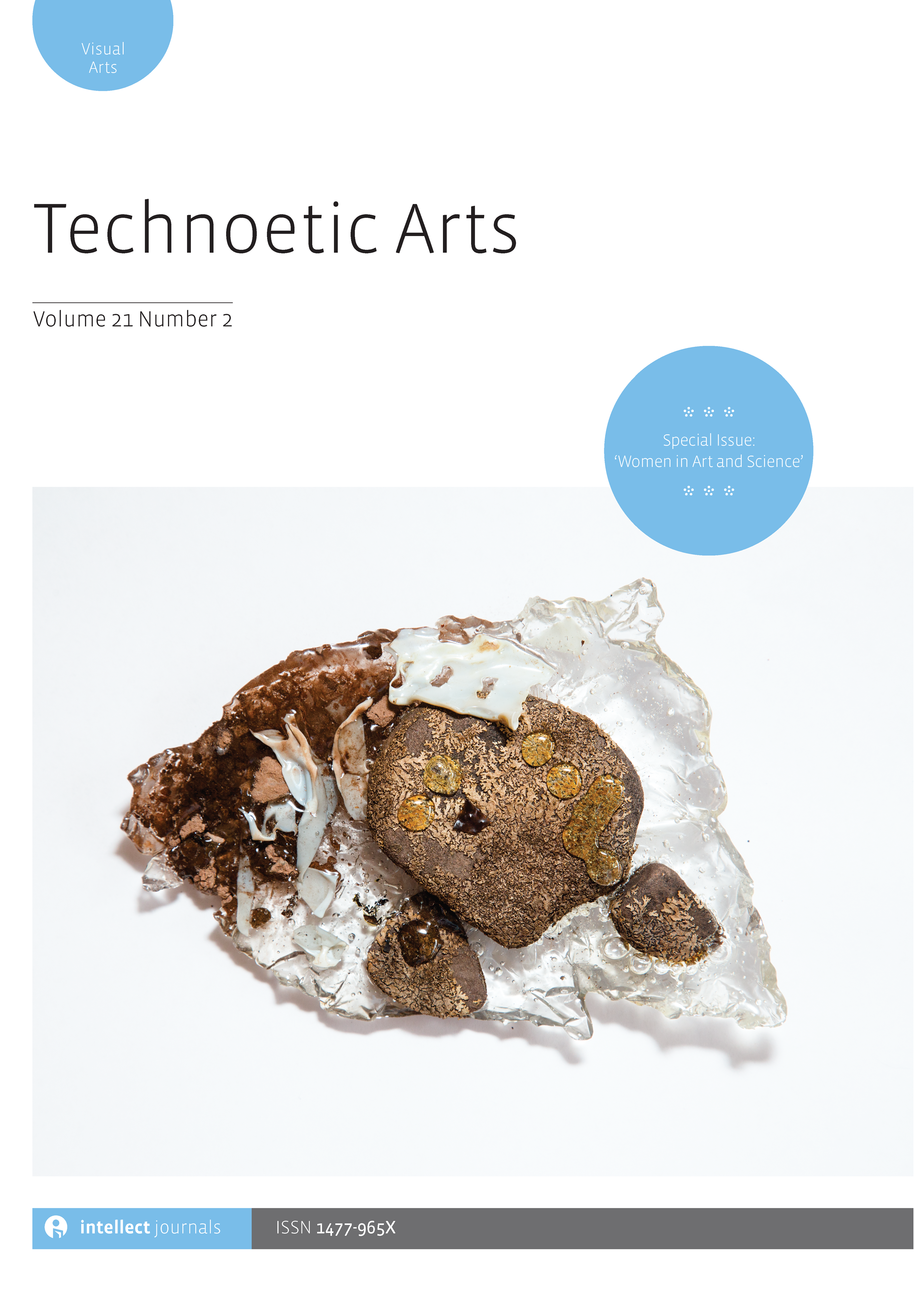
Full text loading...

This article takes a speculative and design fiction approach to the critical analysis of the role of smart and autonomous vehicles (AVs) in the context of smart cities. The article explores arguments that these cars of the future will have decisive impacts on mobility, sustainability and road safety. The article examines the main parameters of smart city and smart car developments and then focuses on the visions of increasing AI-driven autonomy. The article demonstrates how these debates are linked to speculative design as full autonomy does not currently exist but takes a speculative position as to what the critical issues are that face smart/autonomous city visions (enhanced surveillance and data mining) and considers the potentially hazardous ethical dilemmas that AVs may encounter once fully rolled out onto city roads. From a design fiction perspective, the article envisions the viability of AV prioritizing public rather than private transport as a means by which the ‘techno-utopic’ visions of smart city/AV integration can be realized and make positive impacts to enhance urban living in rendering future cities as more sustainable, efficiently mobile and safer urban spaces.

Article metrics loading...

Full text loading...
References


Publication Date:
https://doi.org/10.1386/tear_00092_1 Published content will be available immediately after check-out or when it is released in case of a pre-order. Please make sure to be logged in to see all available purchase options.